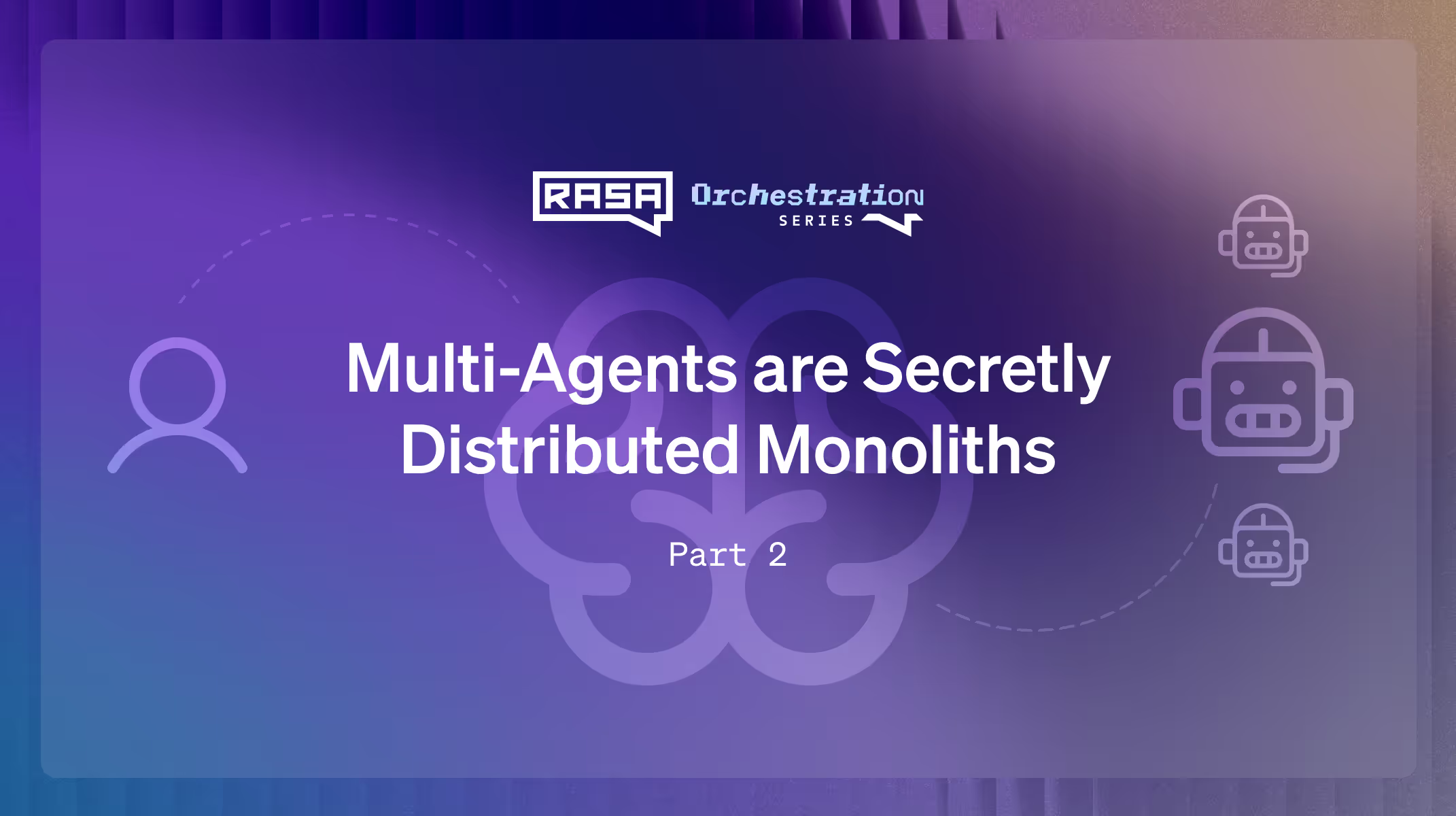The telecommunications industry is at a crossroads. Customer expectations continue to climb, while service teams face mounting pressure to deliver faster, smarter support at scale. Subscribers expect instant answers, personalized assistance, and uninterrupted omnichannel service across voice, chat, and every digital touchpoint. But legacy systems and overwhelmed contact centers often struggle to keep up.
This is where conversational AI steps in. Designed to handle high-volume interactions without compromising customer experience, conversational AI allows telecom companies to operate more efficiently while improving satisfaction. Whether it’s resolving common account issues, sharing real-time outage updates, or guiding customers through plan changes, AI assistants can help reduce bottlenecks and increase retention, all while keeping operational costs under control.
In this blog, we’ll explore how conversational AI works in telecom, what challenges it addresses, and how platforms like Rasa empower providers to deploy scalable, reliable voice and chat assistants that fit telecom businesses' operations.
Common Pain Points in the Telecom Industry
Telecom providers face constant demand for fast, effective service, and customers don’t stick around when it’s missing. Even one poor experience can push subscribers to cancel in a market with little switching friction.
Several challenges make it difficult to deliver consistent customer support at scale:
- High churn tied to long wait times, poor handoffs, and unresolved issues.
- Support teams stretched thin, managing massive volumes of routine inquiries with limited resources.
- Simple questions that take too long to resolve cause unnecessary frustration and avoidable escalations.
Customer expectations have shifted. They want accurate help on their own time across whatever channel they choose (i.e., voice, chat, SMS, app, etc.). Many telecoms rely on outdated systems that can’t keep pace, creating friction in moments that should feel effortless. Providers need tools that handle high volumes to stay competitive without compromising responsiveness or clarity.
How Does Conversational AI Fit Telecom Needs?
Telecom providers face pressure to deliver fast, frictionless support without ballooning costs or expanding already overloaded teams. Conversational AI automates everyday interactions and keeps agents available for moments that require a human touch.
At its core, conversational AI uses artificial intelligence, machine learning, natural language understanding (NLU), speech-to-text (STT), and text-to-speech (TTS) to carry out full customer interactions through voice or chat. When applied to telecom, this technology handles:
- Account and billing inquiries without needing to escalate to an agent
- Real-time network troubleshooting with guided, voice-based flows
- Outage notifications and service updates through SMS, chat, and phone
- New line activations or plan changes with no wait time
- Customer authentication using secure, voice-first flows
Containment rates matter, but only when they signal true resolution. If a bot keeps users in the loop without resolving their issue or leaving them feeling heard, containment metrics become misleading. Teams should focus on whether the assistant delivers clarity, closure, and satisfaction, not just whether it deflects a call.
Platforms like Rasa go further by allowing telecoms to keep full control over logic, compliance, and branding while benefiting from real-time conversational awareness. Rasa’s assistants can recover from interruptions, track context across channels, and deliver personalized responses no matter how complex the query or how high the volume gets.
AI systems must also evolve continuously. Conversational experiences aren't static. Teams should invest in tooling that supports regular reviews, feedback loops, and targeted improvements (whether testing new flows or refining how assistants handle edge cases).
Enterprises using conversational AI in their IVR systems have seen measurable impact: up to a 30% reduction in average handling time (AHT) and a 40% improvement in call containment rates, helping agents focus on value-driving conversations.
Ready to find out how conversational AI can help your operations? Connect with us today.
Benefits of Conversational AI in Telecom
Telecom providers face high customer expectations and constant pressure to deliver faster service without increasing operational costs. Conversational AI helps address these demands by increasing automation, improving response times, and giving teams the flexibility to support more users without adding complexity.
Reduced Operational Bottlenecks
High-volume support centers often struggle to scale effectively. AI-powered assistants help by resolving repetitive, low-value tasks before they reach a human agent.
Common use cases include:
- Responding to billing questions.
- Resetting passwords or verifying identities.
- Routing inquiries to the appropriate department.
- Managing SIM activations or plan changes
By offloading these interactions, support teams can focus on escalations and technical issues that require human oversight. This leads to faster resolution times and less burnout across frontline teams.
This doesn't mean abandoning structure. Teams still need clear workflows, defined steps, and state tracking, even when using generative models. LLMs can interpret intent, but relying on them to manage execution introduces risk. Business logic must live in structured systems, not just in a long prompt.
Improved Customer Satisfaction
Customers expect immediate, accurate support, especially when issues affect service availability or billing. AI assistants help meet that expectation by delivering fast, consistent answers across channels, 24/7.
Unlike static systems or outdated IVR menus, modern assistants understand the full context of a conversation and can adjust accordingly. That level of responsiveness improves the overall customer experience and helps prevent common sources of frustration, like repeat explanations or misrouted calls.
Cost Efficiency
Operational costs in telecom can grow quickly, especially when support teams are required to scale with demand. Conversational AI reduces that burden by automating interactions that don’t require live intervention.
Some of the cost-saving levers include:
- Fewer repetitive inquiries reaching agents.
- Reduced dependence on outsourcing for after-hours or overflow coverage.
- Lower call center volumes without compromising quality.
Rasa also enables cost control through model-agnostic architecture. Businesses can run smaller, more efficient language models that reduce inference time and lower compute costs, all while maintaining performance.
For teams weighing whether to build their own platform or use an established solution, it’s important to consider the real cost of orchestration, testing, and long-term maintenance. While a custom stack offers flexibility, it often slows progress and adds technical debt. Rasa strikes a balance between customization and sustainability.
Churn Reduction
Telecom churn often stems from poor service experiences, especially when customers feel ignored or stuck in a loop. AI assistants help address this by providing:
- Proactive communication around outages and delays.
- Personalized follow-ups after issue resolution.
- Consistent support even during peak traffic hours.
When customers can resolve issues quickly and feel that they’re being heard, they’re less likely to leave. This makes conversational AI a key part of a long-term retention strategy.
Real-World Examples of Conversational AI in Telecom
Across telecom, conversational AI is already solving real problems. From managing call spikes to delivering proactive support, voice and chat assistants help providers create more responsive, scalable conversational experiences.
Network Issue Triage
AI chatbots can guide customers through technical troubleshooting without requiring a live agent. When users report slow speeds or dropped calls, the assistant can walk them through diagnostics, suggest solutions, and escalate when necessary.
Proactive Outage Alerts
Rather than waiting for customers to report disruptions, conversational AI systems can proactively notify users when outages occur. In backend systems, assistants can deliver updates through voice, SMS, or messaging apps and even estimate resolution times. These alerts help reduce inbound contact volume and customer frustration.
Cross-Channel Continuity
Customers don’t want to repeat themselves. Conversational AI can maintain state and
context across voice, chat, and messaging channels, so users can pick up where they left off, even if they switch from a mobile app to a phone call. This consistency creates smoother, more natural customer journeys.
Multimodal experiences like voice, images, or video only add value when they serve a specific user need. Adding channels for the sake of novelty risks creating confusion instead of clarity. Let the use case guide the technology, not the other way around.
Account Management and Billing
Assistants can handle high volumes of transactional queries, such as checking balances, confirming payments, or helping users modify their plans. These capabilities free up agents for higher-touch conversations while making routine interactions faster and more convenient for customers.
Case Study: Deutsche Telekom
Deutsche Telekom provides a strong example of what’s possible when conversational AI is deployed at scale. To improve internal IT support, the company launched a bilingual virtual assistant powered by Rasa’s CALM (Conversational AI with Language Models) framework. The assistant handles workplace tech issues for more than 10,000 employees, automating common requests and escalating complex ones to human agents.
By integrating directly with Telekom’s backend systems, the assistant delivers personalized, actionable responses-everything from resetting a password to opening an incident ticket. It’s fluent in German and English and operates 24/7.
“Since the chatbot based on Rasa CALM can process around 50% of service desk inquiries independently, we reduced the need for human agents by approximately 30%. Thanks to the excellent backend integration capabilities of the Rasa solution, we quickly implemented the chatbot’s self-service features.” Roland Csibi, Service Hub Owner – User Support Service Hub, Deutsche Telekom
Deutsche Telekom also cut development time and enabled faster iteration by giving domain experts ownership of the assistant’s conversational flows via Rasa Studio. The result is lower operational costs, faster resolution times, and better employee experiences.
Find out how Rasa is redefining telecom with AI-powered solutions.
The Future of Telecom Starts with AI-Powered Conversations
Telecom providers face constant demand to improve service quality, control costs, and respond faster to customer needs. Legacy systems struggle to keep pace, especially as interaction volumes grow and customer engagement expectations shift.
Conversational AI offers a way forward. When built with enterprise-ready infrastructure, voice and chat assistants can resolve issues faster, streamline operations, and improve satisfaction without increasing overhead.
The Rasa Platform helps telecom companies deploy assistants that work across channels, integrate with backend systems, and support real business processes. With full control over architecture and data, telecom teams can build solutions that scale across markets and evolve with their operations.
Take your telecom services to the next level with Rasa’s conversational AI. Get in touch to learn how.






